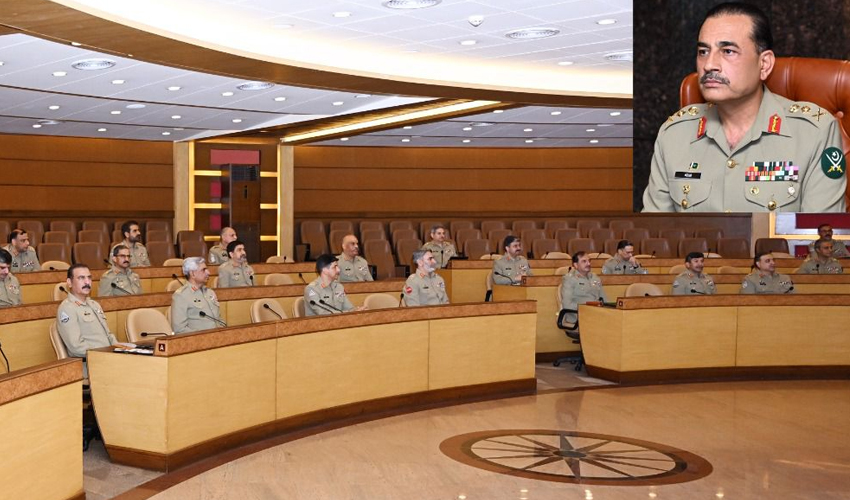Army top brass denounces conspiracy to sow discord between people and security forces
Appreciates untiring efforts of Pakistan Army and LEAs in thwarting several terrorist attacks
Appreciates untiring efforts of Pakistan Army and LEAs in thwarting several terrorist attacks
A high-level delegation gave a warm welcome to the Saudi assistant defence minister
The airport is working hard with its response teams and service partners to restore normal operations
Golfing icon denies rumors, vows to continue career on PGA Tour
Both side agreed on the rolling of the Country Framework Plan for ten years.
All passengers were travelling to Karachi from Larkana
Locals demand a transparent investigation into the incident
Forecast suggests the likelihood of light to moderate rainfall
Iran asserts any Israeli aggression on Iranian soil would be met with an immediate and decisive response
Appreciates untiring efforts of Pakistan Army and LEAs in thwarting several terrorist attacks
Find perfect wearable for your lifestyle
Meteorological department of UAE has predicted that the rain will continue today
Gwadar, Kech, Awaran, Chagai, and Kharan are expected to have thunderstorms
The price of the US dollar continues its upward trajectory for the second consecutive day
Punjab govt notifies Rs16 per roti price in Lahore
Both side agreed on the rolling of the Country Framework Plan for ten years.
Golfing icon denies rumors, vows to continue career on PGA Tour
Royal family affirm Prince William's cautious approach to personally funding the renovation costs
A high-level delegation gave a warm welcome to the Saudi assistant defence minister
Study discovers that sound coming from a disturbed plant could be heard over a meter away
Economic ups and downs can be managed through 'Charter of Economy'

